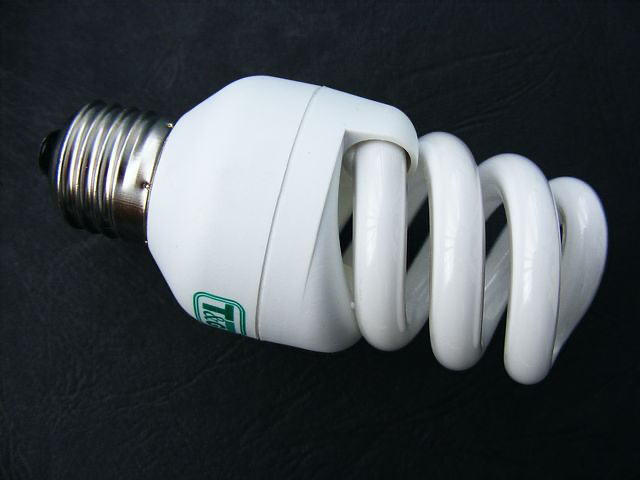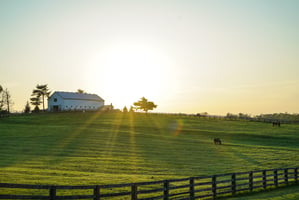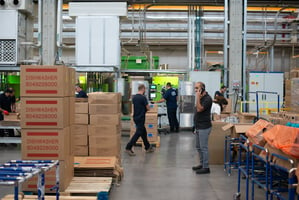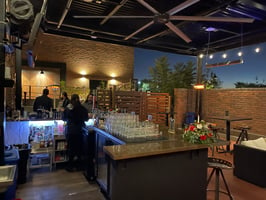11 Ways to Save Money on Commercial Building Cooling Costs This Summer
MacroAir invented HVLS ceiling fans with the purpose of creating an efficient, cost-effective, and quiet way of cooling commercial buildings. Cooling costs can increase greatly during the hot summer months as it is especially important to keep indoor spaces nice and cool. We have worked with many companies, with different commercial building types, to reduce power consumption costs with our fans. Who doesn't want to save money on cooling costs? Here is a comprehensive list of all the great ways to increase energy efficiency and save money on commercial building costs during the summer.
Here's the list:
- Efficient HVAC systems, including maintenance
- Set thermostat to 76 (OSHA standards)
- Air filters
- HVLS fans
- Smart building
- Improved insulation
- Solar
- Seal windows and doors
- Trees, curtains, or blinds for shade
- Use appliances that generate heat during off-hours
- Efficient lighting
1. Efficient HVAC systems, including maintenance
Firstly, make sure to invest in the right commercial HVAC system for your building/facility. This is key to keeping the cost of cooling your space down. Another important tip to keeping your cooling costs down is to stay up to date on HVAC system maintenance. Replace filters as needed and make any repairs as soon as problems become known. Otherwise, your system won’t run as efficiently, you could end up with hefty costs, or you may even have to replace your system.
2. Set thermostat to 76 (OSHA standards)
Standards set by The Occupational Safety & Health Administration (OSHA) state that for a proper work environment for employees it is recommended employers maintain workplace temperatures between the range of 68-76 degrees Fahrenheit. To keep energy costs down, but still provide a cool and comfortable workspace, try to keep your thermostat at a steady average building temperature of 76 degrees during the summer months and make sure your fans have temperature automation to further increase your savings. Although you may be tempted to blast the cool air, there are other ways that you can increase your building's circulation without needing to turn down the temperature on your thermostat.
3. Air filters
Using air filters may seem like a no-brainer when you want better quality in your space. Having clean air filters can make your fans more efficient - allowing for more airflow. By clearing out dust and other particles in the air, the clean filter helps allow more airflow through space. It is important to make sure you change out your dirty air filters often to ensure that your cooling system is operating at its best. Continuing to use dirty air filters beyond their expiration can actually cost you more in energy bills.
4. HVLS fans
For those who may not know what HVLS means, it stands for High Volume, Low Speed. Our HVLS fans not only provide a high volume of steady and consistent airflow, but the slow speed puts less stress and strain on heavy moving parts which will significantly lower your maintenance costs compared to higher speed fans. While HVLS fans won’t necessarily reduce indoor temperature drastically on their own, they can be very efficient at reducing effective temperatures when combined with commercial air conditioners, because they circulate the cool air from the AC throughout the entire space better than the AC unit can on its own.
5. Smart building
Smart buildings may seem like a sizable investment, but they can help you reduce energy consumption with automated controls to optimize cooling systems in your building. For example, using an automated lighting and cooling schedule to ensure that lights and AC are turned off when they are not needed. You can also program your HVLS fans at different speeds, higher speeds when you need more circulation, or lower speeds when you don’t need as much. By doing this you can increase the energy efficiency in your building and cut down on unnecessary costs.
6. Improved insulation
Improving your insulation can make a drastic difference in the cost of cooling (or heating) your commercial building and even your personal residence. Better insulation will help to keep the heat out and sustain the cool environment inside of your building during the summer months (and vice versa during the wintertime). This will prevent you from having to blast your air conditioning or use space heating which will drive your energy bill through the roof.
7. Solar
Solar power is another tip that is a long-term investment for saving money on your cooling and heating costs... While the upfront price of solar can be pretty hefty, the savings can be quite significant. This is especially noticeable with a large facility or building. By generating energy with solar panels rather than using conventional fossil fuel methods, you can decrease your energy cost while also taking a more eco-friendly route.
8. Seal windows and doors
Properly sealing your windows and doors can also have a significant impact on cooling costs in your building. Without an effective seal to prevent drafts from entering your space, hot summer air will make its way in. The hot air will counteract any cool air created by existing fans or air conditioning. Sealing gaps in windows and doors and cracks in walls and ceilings can limit outside air from entering your building.
9. Trees, curtains, or blinds for shade
While this seems obvious, many people overlook the impact that shade can have on lowering the temperature of your space. Without shade, the sun would just bring more heat inside of your building. The result of being shaded from direct sunlight and solar radiation makes the air feel 10-15 degrees cooler. Adding curtains or blinds can be a very cost-effective way to help cool your indoor space. What's more, blackout curtains provide the most protection from the sun's heat. Planting trees outside large windows can also add protection from the sun’s heat. However, unless you want to pay a pretty penny to get full-grown trees, this will take a few years to get the full result.
10. Use appliances that generate heat during off-hours
Large appliances that have higher power consumption tend to give off heat when used. To keep temperatures down, it is best to keep usage of these appliances to off-hours only. This will, in turn, keep your space much cooler by not creating any unnecessary heat inside during working hours.
11. Efficient lighting

A very effective way of keeping your building cool and your cost down is by installing the right lighting. Swapping out your current light bulbs for more energy-efficient bulbs will not only lower your energy bill by using less power but will also lessen the heat emitted by the bulbs themselves. Less energy-efficient bulbs use much more electricity which causes them to emit much more heat which is a double negative for the cost of cooling your commercial space.


